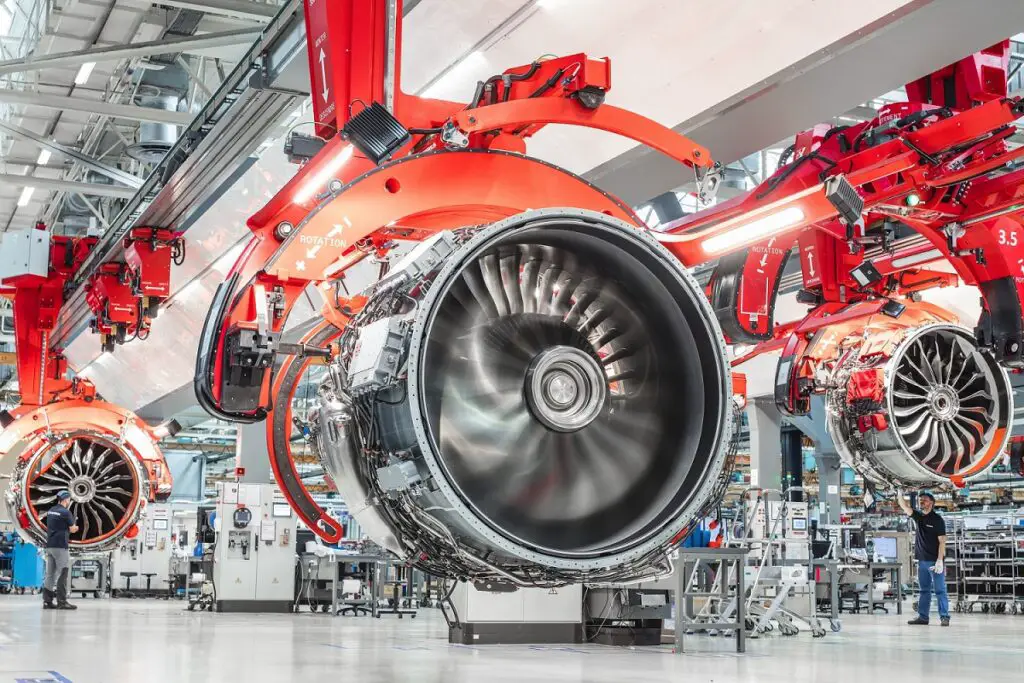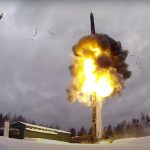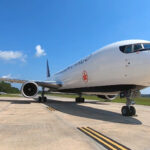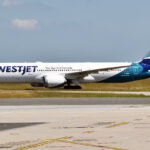Safran Nacelles Delivers First Complete LEAP-1A Engines (Propulsion System and Nacelles) to Airbus at its New Tianjin Facility in China. These engines power the manufacturer’s A320neo aircraft.
The Tianjin facility is Safran’s fourth nacelle integration site, following those in Toulouse (France), Hamburg (Germany), and Mobile (United States). The final assembly takes place at the facilities located in the Tianjin free trade zone, in close proximity to the final assembly line (FAL) of the Airbus A320neo. This enables cost reduction and is part of Safran’s strategy to be as close as possible to its customers in the Chinese market.
Related Content: Safran to Provide Services for A320neo Engine Nacelles of Avianca
With a total surface area of 5,000 m², the Tianjin factory is responsible for bringing together the nacelle integration operations of CFM International LEAP-1A engines, which equip Airbus A320neo aircraft in the Chinese market, with Safran nacelle components. Among other tasks, motor equipment assembly and nacelle component assembly (such as the air intake, engine cowl, thrust reverser, and exhaust nozzle) are carried out. The engines are also painted, delivered to the Airbus FAL, and supported during aircraft integration. It will employ between 15 and 20 people and deliver 90 propulsion units per year starting in 2024.
Vincent Caro, President of Safran Nacelles, stated, «This new facility is a testament to Safran’s expertise in propulsion system integration. It benefits from the best practices of our network, both in terms of industrial organization and skills.»
Building on the feedback from other Safran Nacelles integration sites, the Tianjin plant has established a «Flex Line» workshop. This operational modality allows for working under the principles of a rhythm line or a fixed station, according to Airbus’ needs. Therefore, it is possible to divert certain engines to a dedicated secondary area for final assembly operations, without affecting the flow of the rest of the engines through the workshop.














